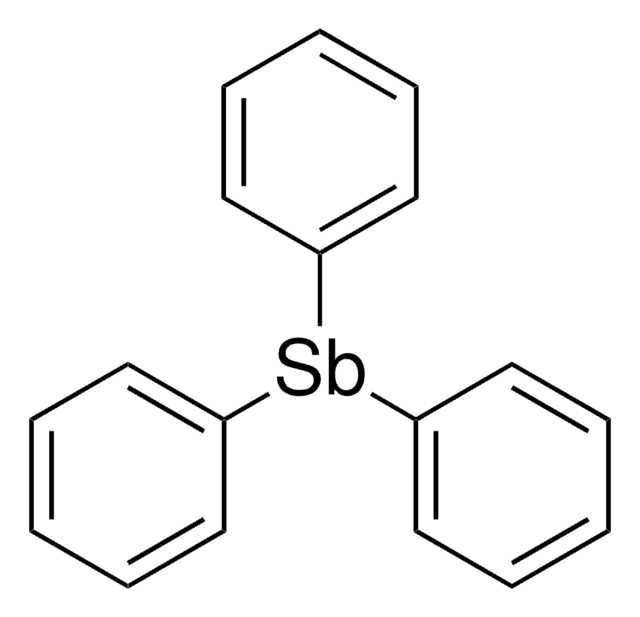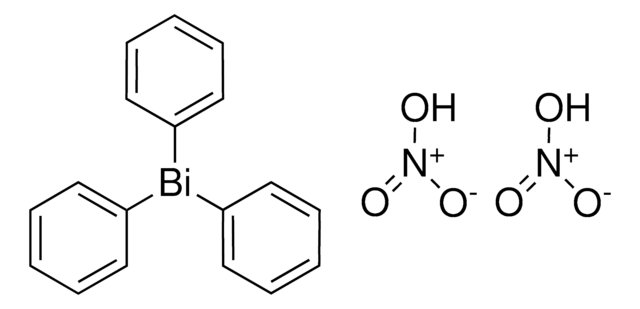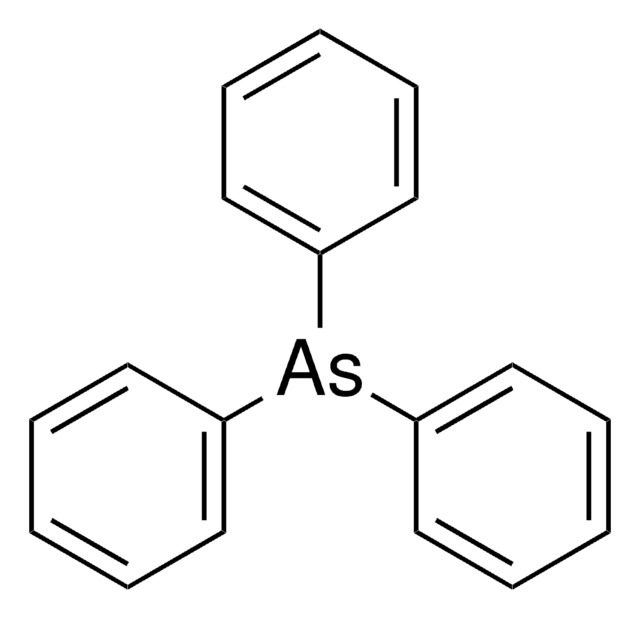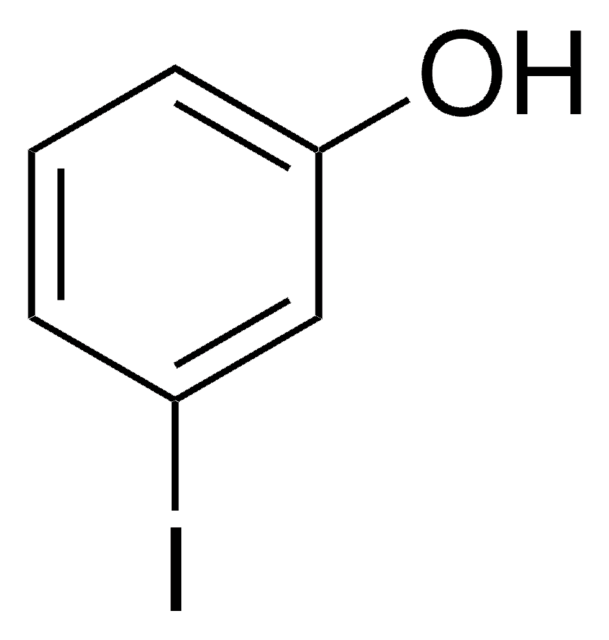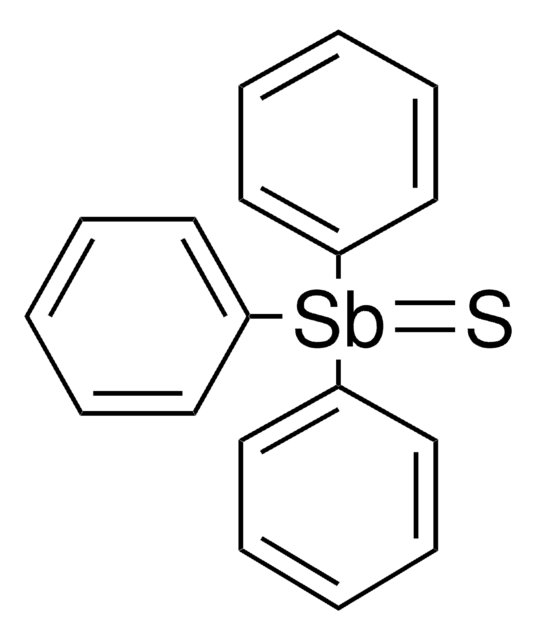135097
Triphenylantimony(V) dichloride
99%
Sinónimos:
Dichlorotriphenylantimony(V), NSC 179782, NSC 432, Triphenylstibine dichloride
About This Item
Productos recomendados
assay
99%
form
solid
reaction suitability
core: antimony
reagent type: catalyst
mp
143-145 °C (lit.)
SMILES string
Cl[Sb](Cl)(c1ccccc1)(c2ccccc2)c3ccccc3
InChI
1S/3C6H5.2ClH.Sb/c3*1-2-4-6-5-3-1;;;/h3*1-5H;2*1H;/q;;;;;+2/p-2
InChI key
PDGPVQHGCLPCES-UHFFFAOYSA-L
¿Está buscando productos similares? Visita Guía de comparación de productos
Categorías relacionadas
application
- Regioselective cycloaddition of aziridines with heterocumulenes
- Reaction of epoxides with carbon dioxide
Reactant for synthesis of:
- Tetraphenylantimony compounds with arylcarbonyloxy moieties
- Symmetrical 24-membered macrocyclic organoantimony(V) complexes
Reactant for oxidation and Suzuki-type cross couplings
signalword
Danger
hcodes
Hazard Classifications
Acute Tox. 3 Oral - Acute Tox. 4 Inhalation - Aquatic Chronic 2
Storage Class
6.1A - Combustible acute toxic Cat. 1 and 2 / very toxic hazardous materials
wgk_germany
WGK 2
flash_point_f
Not applicable
flash_point_c
Not applicable
ppe
dust mask type N95 (US), Eyeshields, Faceshields, Gloves
Certificados de análisis (COA)
Busque Certificados de análisis (COA) introduciendo el número de lote del producto. Los números de lote se encuentran en la etiqueta del producto después de las palabras «Lot» o «Batch»
¿Ya tiene este producto?
Encuentre la documentación para los productos que ha comprado recientemente en la Biblioteca de documentos.
Nuestro equipo de científicos tiene experiencia en todas las áreas de investigación: Ciencias de la vida, Ciencia de los materiales, Síntesis química, Cromatografía, Analítica y muchas otras.
Póngase en contacto con el Servicio técnico